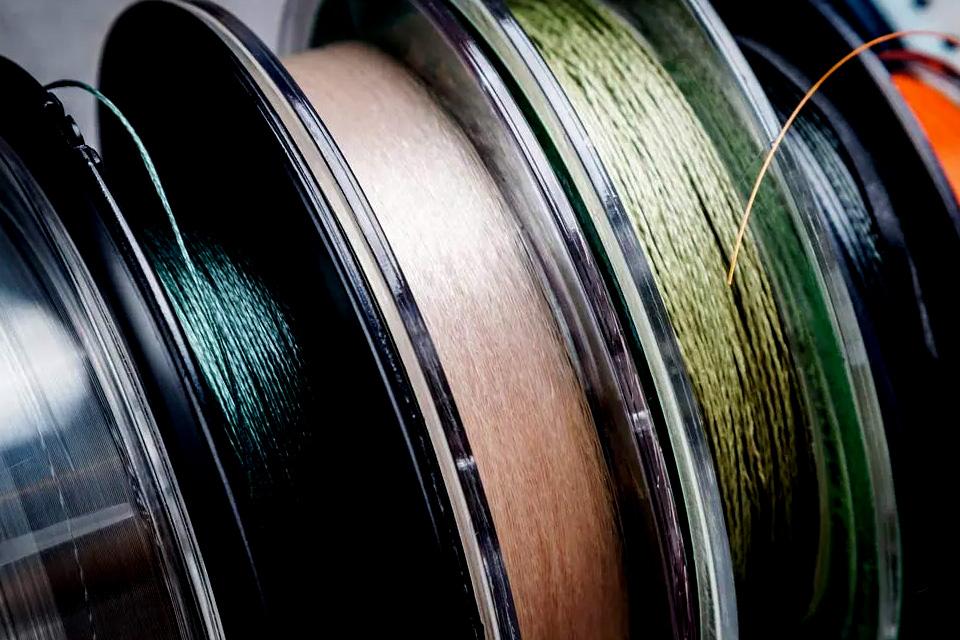Story by Ken Duke
Fishing can be confusing … especially when it comes to all the gear involved. Fishing line is one of those things that can seem mystifying, especially to someone without a lot of fishing experience. Ultimately, your choice of fishing line can be almost as important as the lure tied to the end of it.
Monofilament, fluorocarbon, and braided lines each have distinct characteristics that make them ideal for specific situations. Understanding when and why to use each type will help you catch more fish.
Monofilament
Best for floating topwater lures and situations where stretch is beneficial.
Mono is the most “forgiving” and user-friendly line type. It’s been a staple in bass fishing since the late 1940s due to its versatility and affordability.
Monofilament floats, making it a go-to choice for topwater presentations like poppers, walking baits, prop baits and the like. It has significant stretch, which is generally a negative but can be helpful to prevent bass from pulling free of treble-hooked lures.
Mono is the middle ground between fluoro and braid when it comes to visibility. It’s more visible than fluoro, but less visible than braid. It casts very well, and it’s generally cheaper than fluoro or braid.
Fluorocarbon
Best for very clear water, finesse techniques, crankbaits, jigs and worms.
Fluoro has about the same refractive qualities as water, so it’s the least visible of the three major line types. It has relatively little stretch and is therefore more sensitive than mono, but less sensitive than braid.
It sinks, so it’s a poor choice for floating topwater lures, but a solid pick for most other applications. Fluoro is stiffer than mono or braid, so it generally doesn’t cast as well.
Because it’s nearly invisible and highly sensitive, fluoro is great for finesse techniques like drop shotting. It’s also extremely popular as leader material when used with a braided main line.
Braid
Best for heavy vegetative cover, frogging, Flippin’, punching, and deep-water methods where sensitivity is critical, and a fluorocarbon leader is used.
Braided lines were the standard before the development of monofilament in the 1940s. Those braids were subject to rot, required special care, and were weak relative to their diameter. In the 1980s, a new group of “superlines” hit the market that eliminated those problems.
Modern braids have virtually zero stretch, making them extremely sensitive and almost guaranteeing solid hooksets, even at long distances.
Since braids are very limp and have a small diameter relative to their breaking strength, they cast well … but if you backlash or tangle braid, it can put a real damper on your day.
Because it’s opaque, braid is easily seen by fish, so it’s best used in stained water or heavy cover. The use of a fluoro or mono leader can be the best of all worlds—sensitivity and castability with low visibility.
Most braids float, which is good for floating topwater baits, but monofilament is recommended nonetheless because it’s less visible than braid and topwater trebles will frequently tangle in the loose, limp braid floating on the surface.
Since braid is so strong and sensitive, heavy or medium-heavy action rods can sometimes be too much and lead to lost fish when hooks are inadvertently pulled free. Treble-hooked baits often benefit from softer action rods when using braid.
Conclusion
The versatile bass angler should not be “married” to one type of fishing line. He or she must choose based a wide variety of factors including lure type, cover, depth, and more. There’s not always a “right” choice, but there’s often a “best” choice, and the “best” choice is the one that helps you detect more bites, hook more fish, and land more lunkers.





